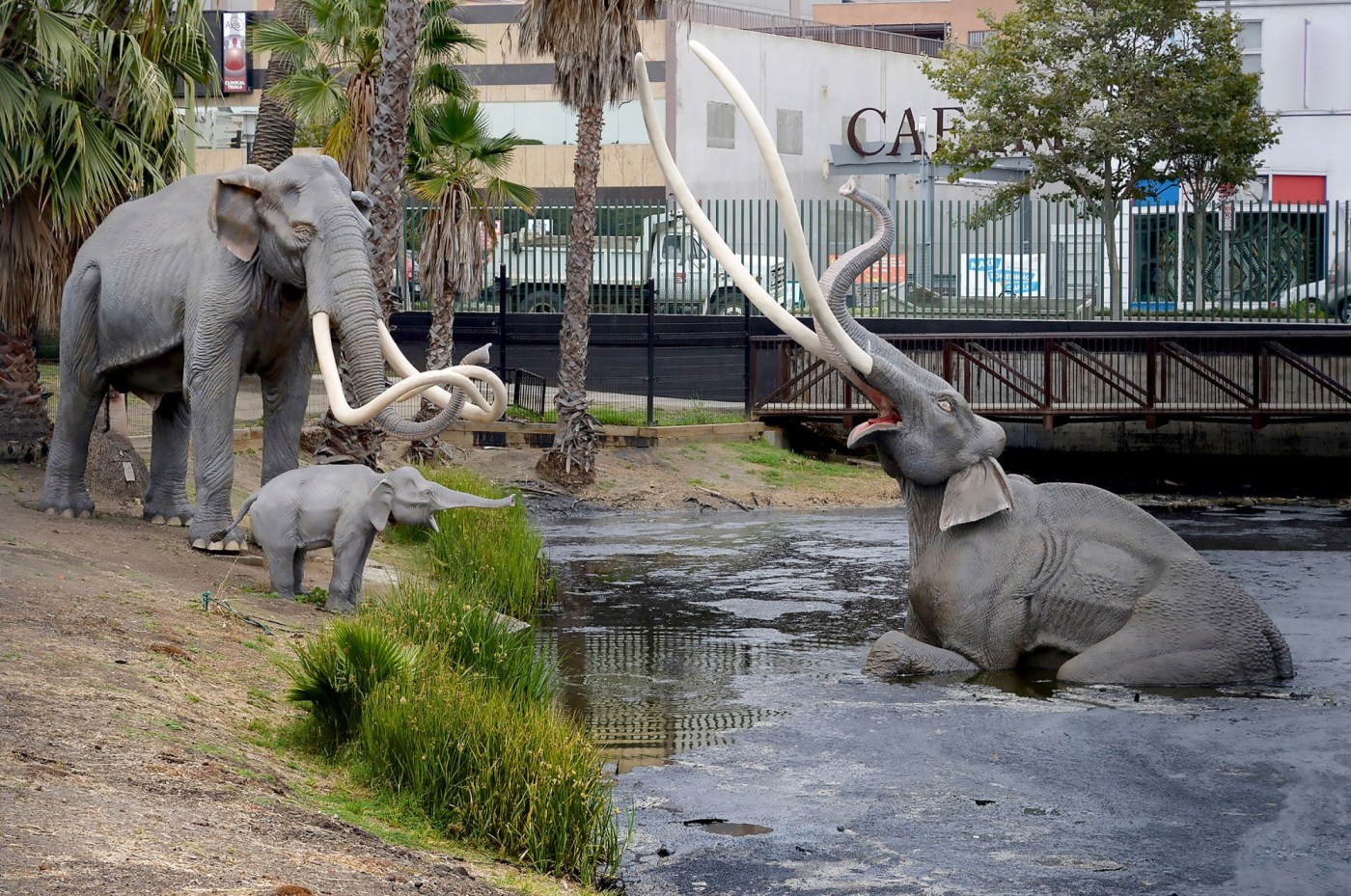Sticky situation
The La Brea Tar Pits are a group of natural asphalt pools in the Miracle Mile neighborhood of Los Angeles. In the middle of the nation’s second-largest city, millions of fossils of animals that were trapped in the pits have been found.
Related Articles
Today in History: October 7, Matthew Shepard beaten and left tied to a Wyoming fencepost
Charles Schulz’s great-grandson demonstrates viral Snoopy-inspired dance in honor of ‘Peanuts’ anniversary
Today in History: October 6, Anwar Sadat assassinated
Author to speak on how Sarah Winchester used land around Mystery House
‘Trails to Rails’ at Sunnyvale’s Heritage Park Museum
On Oct. 6, 1875, professor William Denton of The Boston Society of Natural History published the first scientific description of bones he had found in the La Brea Tar Pits. “La Brea” means “tar pit” in Spanish, so the name is a bit repetitive, and some experts say they contain not tar but asphalt. That said, these pits turned out to have one of the best-preserved collections of creatures from the late Pleistocene era, 10,000-50,000 years ago.
The first intensive scientific examinations of the site were in 1912, conducted by professor John C. Merriam of UC Berkeley. In 1914, 30 mammoths were found at the pits. Today the La Brea Tar Pits and Museum features more than 3.5 million fossils from 650 species.Here’s a little about the giant collection.
You can learn much more about the tar pits at tarpits.org.
The museum might be best known for its extensive holdings of carnivores, of which dire wolves (Canis dirus), saber-toothed cats (Smilodon fatalis) and coyotes (Canis latrans) predominate among the 60-plus species of mammals. Asphalt is a superb preservative that protects small and delicate fossils, such as hollow bird bones. As a result, the collection of fossil birds is one of the world’s largest. Although early collectors focused on bones of large mammals, like saber-toothed cat skulls and ground sloth limbs, more recent excavations spend a lot of time recovering the smaller fossils. Nearly all of the plants, invertebrates, fish, amphibians, reptiles and small mammals found in the pits are from these recent collecting efforts.
Dire wolves
Recently an international team looked at 46 samples of bones, finding only five with usable DNA. Comparing the data from dire wolves with the sequenced genomes of various other canines revealed a genetic gap large enough that dire wolves were reclassified as the only species in a genus all their own. “We had thought that the dire and gray wolf lineages diverged 2 million years ago at most. Instead, the new paper shows a likely split nearly 6 million years ago,” says Mairin Balisi, a postdoctoral research fellow doing work at the pits.
Hello, big kitty
Saber-toothed cats had teeth up to 7 inches long. They are the California state fossil. More than 2,500 individuals have been excavated from the pits and studied at the museum. To bring the species to life, a life-size adult puppet was built for the museum by the Jim Henson Co. in 2010. The 75-pound figure is operated by a puppeteer inside the body while another brings the head and vocalizations to life by remote control.
Fast as L.A. traffic on a Friday night
Giant ground sloths roamed ice-age Los Angeles from around 100,000 years ago to nearly 13,000 years ago.
Three types have been found at the pits: the Shasta, the Jefferson’s and the Harlan’s ground sloths. Weighing up to 3,000 pounds, Harlan’s ground sloth (Paramylodon harlani) was the largest and most common. It had small nodules of bone (osteoderms) buried in its skin, making it a well-armored giant of the ice age.
Sources: La Brea Tar Pits and Museum, UC Berkeley paleontology department, The Geological Society of America, U.S. Geological Survey





